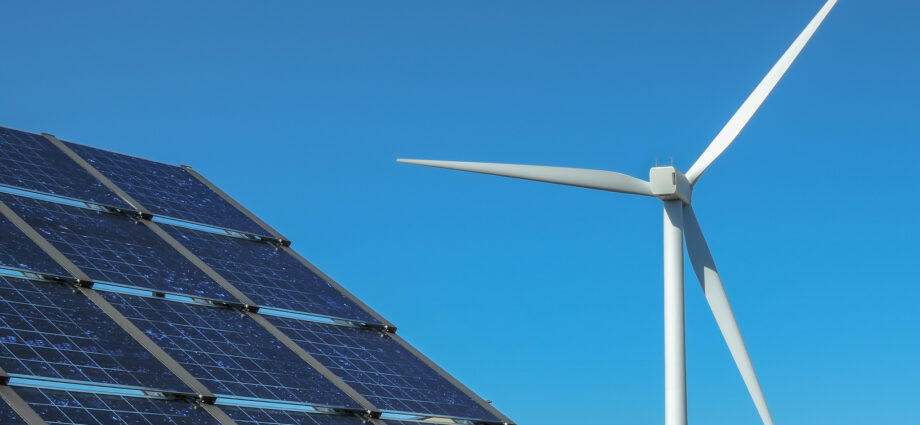
by Matt Davies
April 9, 2024
The European Union’s (EU) Emission Trading System (ETS) has achieved the most significant annual reductions in emissions since its inception in 2005.
The latest data, compiled from EU Member States as of April 2, shows a 15.5% decrease in emissions in 2023 compared to the previous year. This means that ETS emissions are now 47% lower than in 2005, positioning the EU “well on track” to meet its 2030 target of a 62% reduction.
“The observed trend confirms the effectiveness and efficiency of the EU’s cap and trade system as the main policy instrument for the decarbonisation of the European economy,” the EU writes.
As the EU explains, the power sector has been the main catalyst behind the shift: Emissions from electricity generation declined by 24% from 2022 levels, with the decrease attributed to a “substantial increase” in the production of renewable energy, mainly solar and wind — “at the expense of both coal and gas.”
Favorable climate conditions have also facilitated the resurgence of hydro and nuclear power, albeit to a lesser extent, the EU adds.
Progress has also been observed in industry sectors, where emissions dropped by 7% compared to 2022. This reduction, the EU explains, is attributable to “reduced output and significant efficiency gains, which are mainly visible in cement, iron and steel.”
Emissions from the aviation sector, on the other hand, increased by about 10% compared to 2022. The EU attributes this uptick to the industry’s ongoing recovery from the severe downturn experienced during the coronavirus pandemic.
The observed trend underscores the efficacy and efficiency of the EU’s cap and trade system as the cornerstone policy instrument driving decarbonization efforts across the European economy. By imposing limits on emissions and fostering a market-driven approach to reducing carbon footprints, the ETS appears to have proven instrumental in incentivizing industries to embrace sustainable practices and transition towards cleaner energy alternatives.
Subscribe to our newsletter.
This article was originally published on IMPAKTER. Read the original article.

